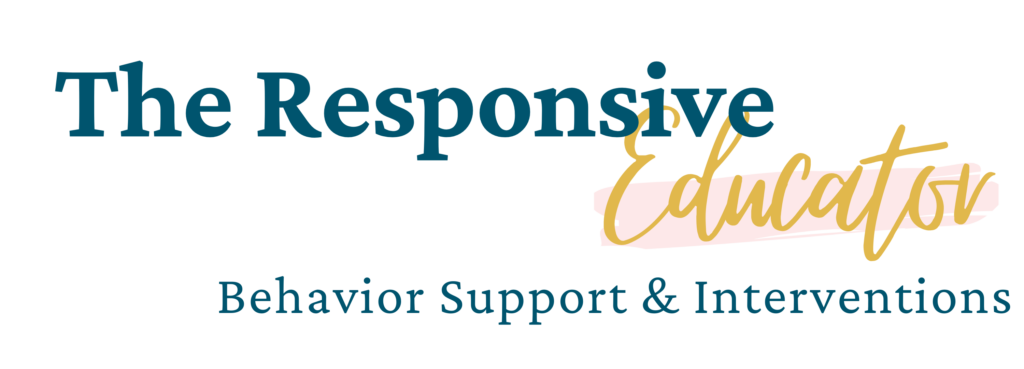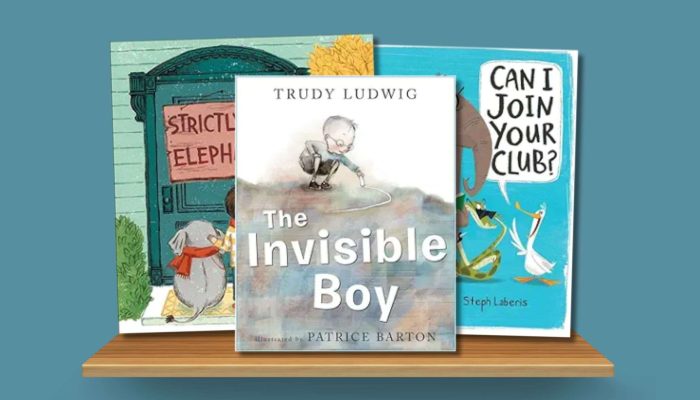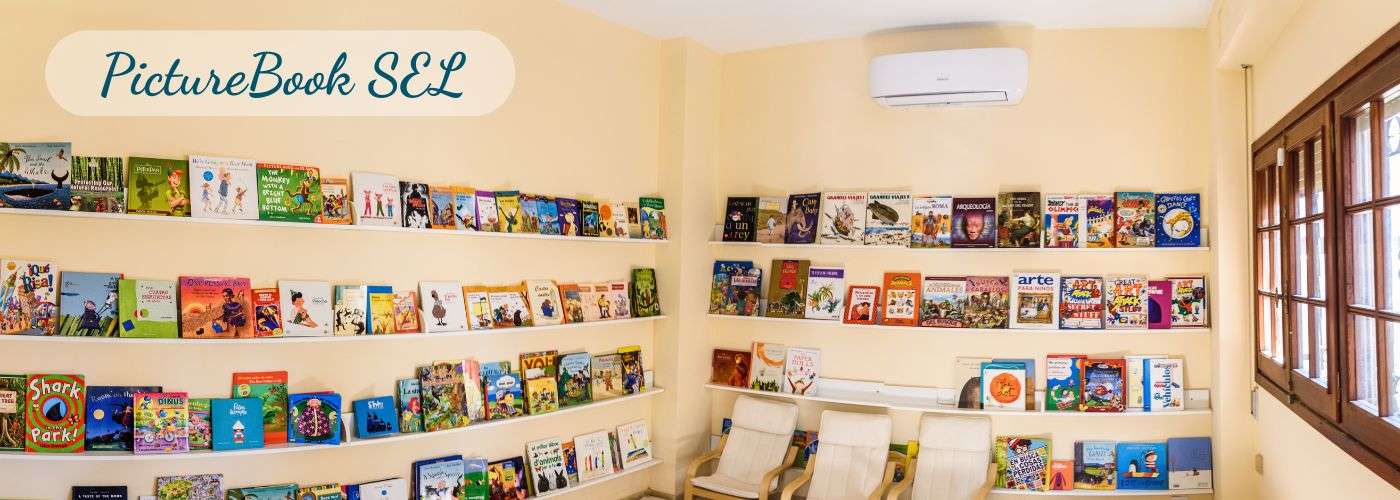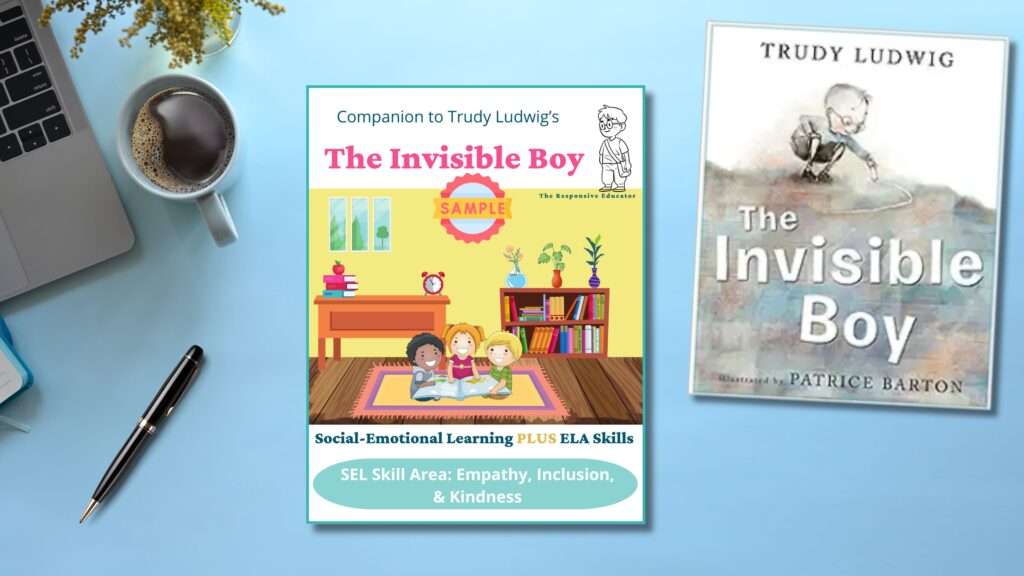


Helping children understand what it means to be inclusive is a vital part of fostering kindness and empathy in their lives. When kids learn to include others, they create welcoming spaces where everyone feels valued and respected. Stories can be a powerful tool for teaching these lessons, offering relatable situations that encourage children to reflect on their own actions and interactions.
In this post, we’ll explore six captivating books that inspire kids to embrace the idea of inclusivity. Through engaging characters and heartwarming tales, these stories show the importance of being inclusive—whether it’s reaching out to someone who feels left out, celebrating differences, or learning how to work together as a group. Perfect for the classroom, home, or library, these books provide meaningful opportunities to teach kids how to create connections and build a sense of belonging for everyone. Let’s take a closer look at these inspiring stories!
For some of these books, I have created interactive read-alouds to enrich their use in the classroom. These interactive read-alouds include discussion questions, activities, and prompts that engage students and deepen their understanding of the book’s themes. More interactive read-alouds are on the way. If there are specific books for which you would like to see a read-aloud created, please contact me using the form at the bottom of the page.
To learn more about supporting social-emotional learning and using interactive read-alouds in the classroom, check out these posts:
(As an Amazon affiliate, I earn a small commission if you purchase products through the links on my posts. Thank you for your support!)
Summary: Amos McGee, a dedicated zookeeper, spends his days caring for his animal friends with thoughtful attention to their unique needs—running races with the tortoise, reading bedtime stories to the owl, and keeping the shy penguin company. When Amos becomes too ill to visit the zoo one day, his animal friends decide to take matters into their own hands. They board the bus to Amos’s house and spend the day caring for him, returning the kindness he has always shown them. This tender story beautifully demonstrates how friendship and inclusivity transcend differences, even across species.
Description: A Sick Day for Amos McGee is a heartwarming tale about the bonds of friendship and the power of inclusivity. Through Amos’s daily acts of kindness, readers learn how small gestures can make a big difference in making others feel valued and included. When Amos needs care, his animal friends repay his thoughtfulness, showcasing the importance of mutual support and empathy. Erin Stead’s Caldecott-winning illustrations, with their delicate pencil and woodblock prints, enhance the gentle narrative and provide opportunities to discover new details with every read.
This book is an excellent tool for teaching children about friendship, empathy, and the beauty of including and caring for others, especially when they are in need. Perfect for bedtime or the classroom, its themes resonate with readers of all ages.
Reviews and Considerations: Readers love A Sick Day for Amos McGee for its timeless message of kindness and reciprocity. Educators and parents praise its ability to teach empathy and compassion through its gentle storytelling and stunning illustrations. The story’s inclusivity shines as Amos and his animal friends care for one another without hesitation, inspiring discussions about how children can practice kindness in their own lives.
Many reviewers highlight how the book’s soft, detailed illustrations encourage multiple readings, allowing children to notice hidden elements like recurring characters and subtle facial expressions. Some parents appreciate its calming tone, making it an ideal bedtime story. Overall, A Sick Day for Amos McGee is celebrated for its ability to create a meaningful and lasting impact, leaving readers with a deeper understanding of the value of being inclusive and caring toward others.

Summary: Can I Join Your Club? by John Kelly is a delightful story about a duck who learns an important lesson about acceptance and inclusion. Eager to make friends, Duck attempts to join several exclusive animal clubs but is repeatedly turned away for not meeting their narrow criteria. Realizing the value of inclusivity, Duck decides to start his own club with one simple rule: everyone is welcome. This lighthearted story, filled with humor and charming illustrations, offers a heartwarming message about embracing diversity and building friendships by being open to others.
Description: Can I Join Your Club? is a humorous and uplifting tale that teaches children the power of acceptance and inclusivity. Through Duck’s journey, readers learn the importance of creating spaces where everyone feels valued and included, no matter their differences. With its whimsical illustrations and relatable characters, this book encourages children to see the beauty in diversity and understand that kindness and openness lead to meaningful friendships. Perfect for classrooms, libraries, or bedtime, this story delivers a timeless message about the joy of welcoming others into our lives.
Reviews and Considerations: Readers praise Can I Join Your Club? for its engaging storyline and its ability to deliver a powerful message in a fun, approachable way. Parents and educators highlight its effectiveness in teaching lessons about acceptance, diversity, and the importance of including others. The humorous illustrations and interactive elements, such as animal sounds, keep children entertained while sparking thoughtful conversations. Reviewers also note that the book’s theme resonates with children of all ages, making it a versatile and valuable addition to any child’s library. Overall, this book is celebrated for its ability to combine humor, heart, and an essential life lesson about inclusivity.

Summary: Strictly No Elephants tells the heartwarming story of a young boy and his unusual pet, a tiny elephant, who face rejection from the local Pet Club because “strictly no elephants” are allowed. Feeling excluded, the boy decides to create his own club where everyone is welcome, regardless of their differences. This inclusive space becomes a sanctuary for kids and their unique pets, fostering acceptance, kindness, and diversity. With its captivating illustrations and lyrical storytelling, the book highlights the beauty of embracing individuality and the power of welcoming others.
Description: This uplifting story serves as a gentle yet impactful lesson on the importance of inclusion and kindness. Strictly No Elephants explores how it feels to be excluded and how creating a space where everyone belongs can transform those feelings into a celebration of diversity. The boy’s decision to start a club where “all are welcome” is a simple yet profound way of teaching children that differences should be celebrated rather than judged. Teachers and parents appreciate its ability to spark meaningful discussions about friendship, empathy, and standing up for fairness, while children delight in its imaginative illustrations and endearing characters.
Reviews and Considerations: Readers praise Strictly No Elephants for its meaningful message and charming illustrations. Many parents and teachers highlight how the book naturally encourages conversations about acceptance and inclusion, making it a valuable resource for fostering social-emotional learning. The repeated refrain, “That’s what friends do,” resonates with children, emphasizing the role of kindness in friendships. Adults often note that the book’s simplicity makes its message accessible even to younger readers, while its themes of diversity and empathy ensure it remains relevant for older children. Whether used in the classroom or at home, this story is a timeless reminder of the value of creating spaces where everyone feels they belong.

Summary: The Boy Who Wouldn’t Share is a playful and engaging story about Edward, a boy with an enormous pile of toys, who refuses to share any of them with his little sister, Claire. Edward hoards his toys, proclaiming, “They’re mine!”—until one day, his selfishness backfires, and he finds himself trapped under his mountain of toys. With Claire’s help, Edward learns an important lesson: when you share with others, they’ll share with you in return. Told in rhythmic, rhyming verse and paired with quirky, expressive illustrations, this story is a humorous and heartfelt exploration of the value of sharing.
Description: This delightful tale captures the challenges and rewards of learning to share, making it relatable for young readers navigating the dynamics of sibling relationships and friendships. Edward’s transformation from a selfish child to a more generous one highlights the joy of including others, whether it’s with toys or treats. The vibrant illustrations bring Edward’s antics to life, adding humor and energy to the story. Parents and teachers appreciate how the book sparks conversations about empathy, cooperation, and the positive outcomes of being inclusive and kind.
Reviews and Considerations: Readers adore The Boy Who Wouldn’t Share for its humorous storytelling and engaging illustrations. Many parents note that the rhythmic, rhyming text makes it a favorite read-aloud choice, while the story’s message about sharing resonates deeply with children. Teachers often use it to address classroom behaviors and encourage discussions about fairness and generosity. The whimsical illustrations, reminiscent of Dr. Seuss, captivate young audiences and keep them engaged. Overall, this book is celebrated as a fun and effective way to teach children the importance of sharing and the happiness that comes from including others.

Summary: Can I Play Too? by Mo Willems is a heartwarming and hilarious tale of inclusion, adaptability, and creative problem-solving. When Gerald and Piggie meet a new friend—a snake—they want to include him in their game of catch. But how can a snake, with no arms, play catch? Through a series of humorous attempts and failures, the trio works together to figure out how everyone can have fun. The story gently encourages readers to think about ways to include others, even when it’s not immediately clear how.
Description: This charming story explores the importance of inclusion and adaptability in a way that’s accessible for young readers. Gerald and Piggie’s efforts to include their snake friend show how small acts of kindness and a willingness to adapt can make a big difference. While the book is lighthearted and funny, it also serves as a meaningful starting point for discussions about embracing differences and finding creative ways to include others who may have unique challenges. Mo Willems’ expressive illustrations and simple text make this story engaging for early readers, while the underlying themes of empathy and teamwork make it a favorite for parents and teachers alike.
Reviews and Considerations: Can I Play Too? is beloved for its humor, creativity, and its ability to spark important conversations about inclusion. Parents often note how the book gently introduces children to the idea of adapting activities to ensure everyone feels welcome. Teachers praise it for encouraging students to think critically about how to include others in play and activities, especially those who might have different abilities. The way Gerald and Piggie persevere in finding a solution highlights the power of kindness and teamwork, inspiring readers to look for inclusive solutions in their own lives. This story is not only entertaining but also a valuable resource for teaching empathy, adaptability, and inclusion in a fun and engaging way.

Summary: The Invisible Boy by Trudy Ludwig is a heartfelt story about Brian, a quiet and overlooked boy who feels invisible in his class. Brian is never picked for teams, included in activities, or invited to parties, which leaves him feeling unseen. When a new boy, Justin, joins the class, Brian is the first to welcome him with kindness. As their friendship grows and they team up for a class project, Brian begins to feel noticed and appreciated. This transformative experience is beautifully depicted through the clever use of illustrations, with Brian’s color gradually shifting from muted tones to vibrant ones as he becomes included. The story highlights the power of small acts of kindness and the importance of including others, especially those who may feel left out.
Description: The Invisible Boy gently addresses the challenges that quieter, introverted children often face in group settings. The story serves as a touching reminder that even small gestures of kindness can make a significant impact on someone’s sense of belonging. Trudy Ludwig’s storytelling, paired with Patrice Barton’s evocative illustrations, creates an emotional and visually engaging narrative that’s perfect for sparking discussions about empathy, inclusion, and kindness. Through Brian’s journey, readers learn how simple actions—like saying hello, offering a smile, or inviting someone to join in—can help others feel valued and connected. This book is a powerful tool for teaching children about the importance of noticing and including others.
Reviews and Considerations: The Invisible Boy resonates deeply with parents, educators, and children alike. Teachers praise it for fostering meaningful conversations about empathy and inclusion in classrooms, often using it as a springboard for discussions on social skills and friendship. The book’s unique use of color as a metaphor for feeling seen and appreciated captivates young readers while driving home its message in a memorable way. Parents often remark on how the story helps their children understand what it feels like to be excluded and the value of reaching out to those who might feel invisible. With its universal themes and emotionally rich storytelling, this book remains a favorite for building awareness and compassion among children.

Sign up now to receive a free sample of “The Invisible Boy” Interactive Read-Aloud Lesson Plan! This comprehensive resource includes engaging activities designed to help your students develop empathy and inclusion.
By signing up, you will also join our newsletter, where you’ll receive:
Join our community of educators dedicated to fostering social-emotional growth in the classroom!

*In Progress. Links will become active as pages are available.